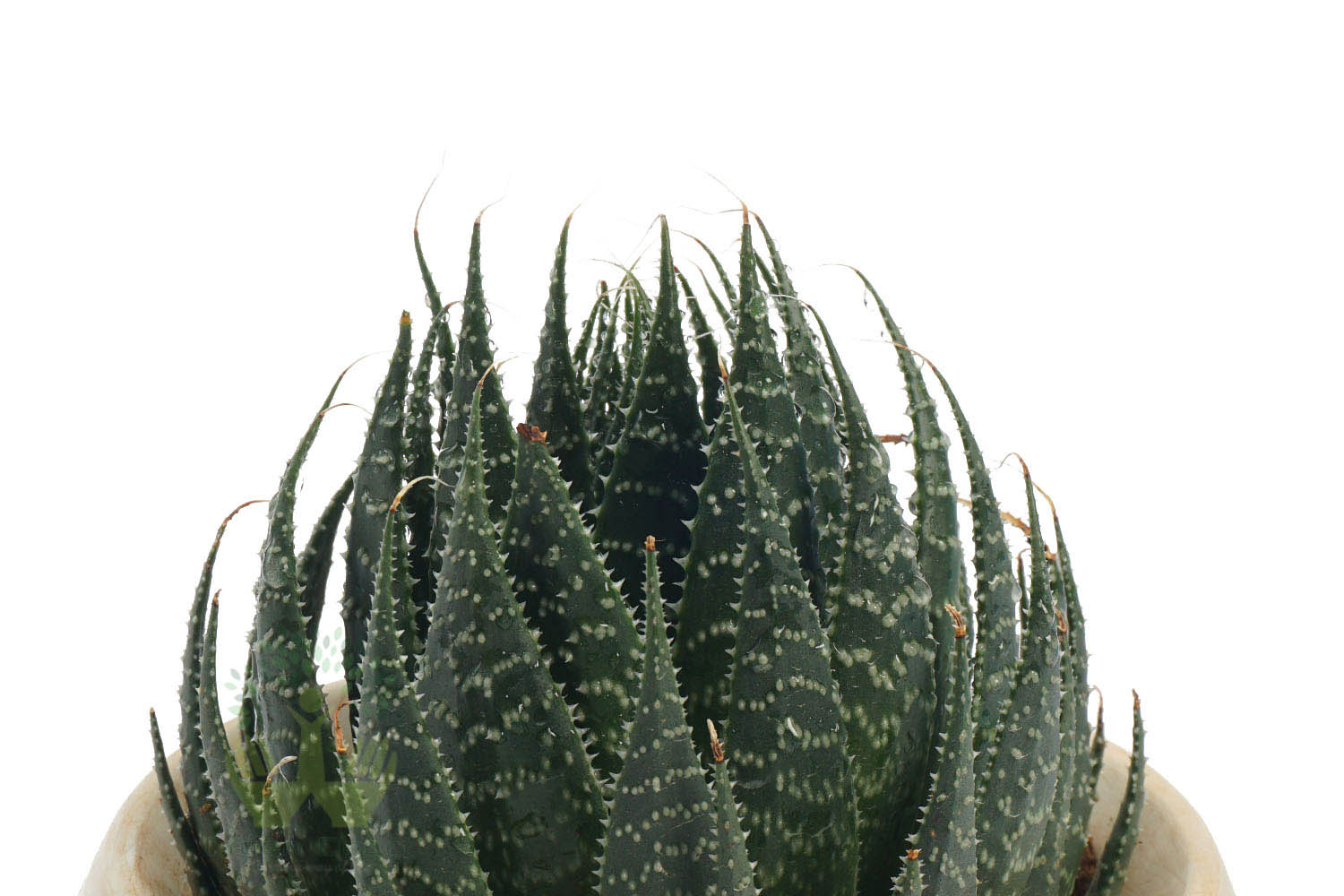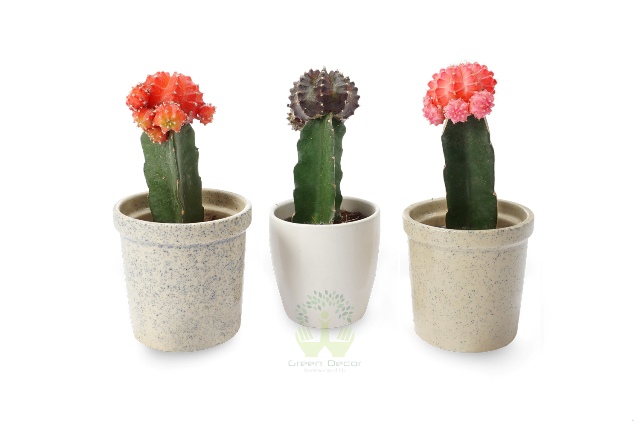- About Huernia Sc..
- How To Grow Huernia Sc..
- Benefits of Huernia Sc..
- Maintenance Tips
- Shipping Info
Huernia schneideriana is a very attractive species that was once thought to be a natural hybrid of Huernia verekeri and Huernia aspera. The flowers are burgundy, but almost black inside the tube, about 3 cm and velvety. Stems: Slender, 5-20 cm long, but longer in culture, 6-7 angled, teeth inconspicuous.
Flowers: Corolla, campanulate 2,5-3 cm across, more or less brownish/red outside and velvety- reddish /black inside with deep purple-black centre. Margins, margins reddish to flesh coloured, with a brownish-red papillose border, lobes recurved. There appears to be a clone in circulation.
Soil Need
Potting Soil Mix
Fertilizer (type)
Organic Fertilizer
Growth Pattern
Moderate
Pruning
3-4 Month
Re-Potting
Every 15-16 Month
Process :
1. Lifesaver plants prefer bright light or partial shade. In nature, they grow underneath shrubs or other plants.
2. Huernias require a potting mix with excellent drainage.
3. When Huernias are actively growing, they need to be watered.
4. During the growing season, high-phosphorous, low nitrogen fertilizers can be applied at half-strength once a month.
1. Ornamental Purpose
Do's
1. A succulent plant mix of 50 percent pumice or perlite, 25 percent peat or organic mulch, and 25 percent sand helps prevent rotting and overwatering.
2. Too much sun causes stems to develop protective reddish or purple pigmentation and can actually scald the stems. Too little light leads to weak, thin growth with decreased flower production.
Don'ts
1. Avoid watering in winter.
2. No fertilizers should be given during the dormant season.







